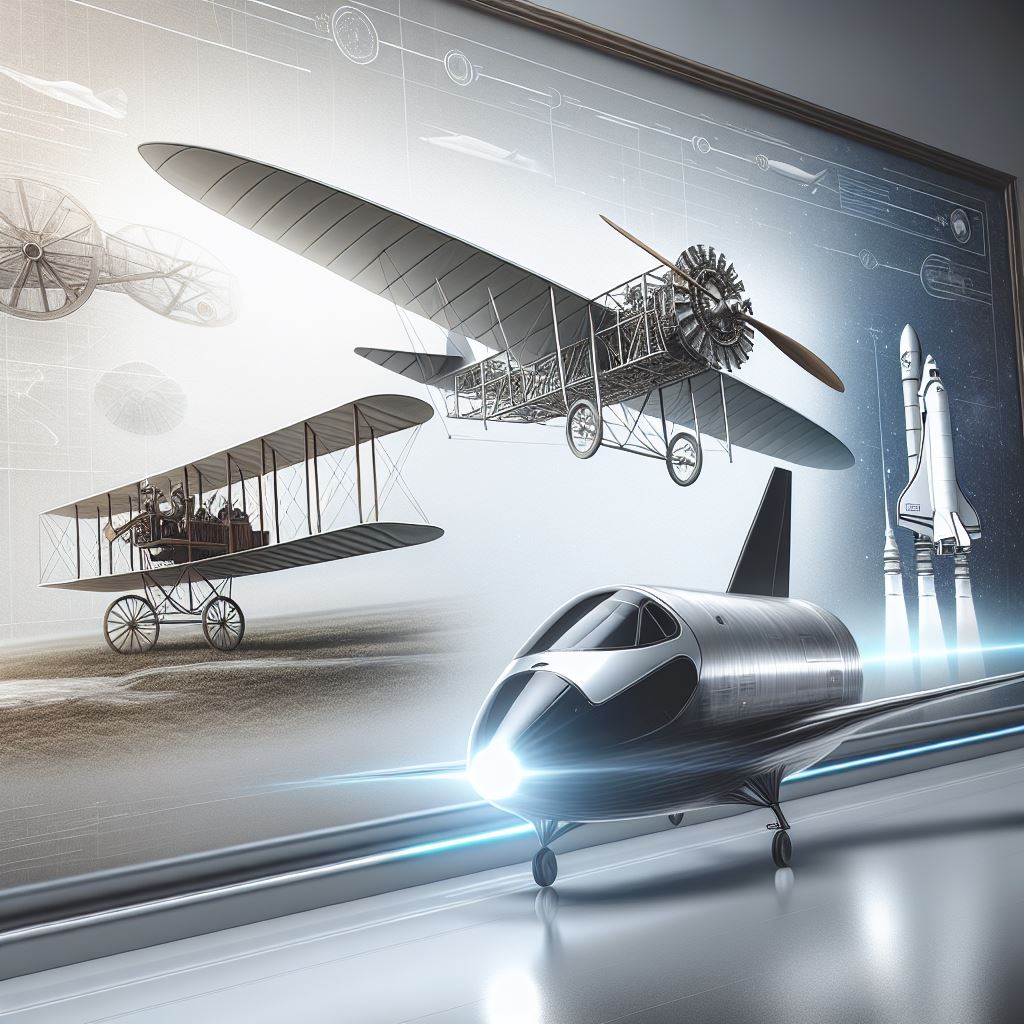You can’t patent software… or can you?
This article explores common myths surrounding the protection of software including:
- I’m fully protected as I have copyright
- My software is embedded so it’s a trade secret
- You can’t patent software, it is specifically excluded in the Patents Act 2013
The New Zealand Patents Act explicitly excludes software from being patentable subject matter. However, an invention implemented by software may be patentable.
A computer program carries outset steps, for a process or method, to determine an output. Although the software itself (i.e. the specific coding) is not patentable, the overarching process or method steps by which the software achieves its objectives may be patentable.
To determine if a software-implemented invention can be patented, it is necessary to determine what contribution the software implemented invention makes to the relevant field of technology. This essentially involves determining whether the software functionality is novel and inventive in view of what was previously known.
To be patentable, an invention must be novel and inventive in view of the ‘prior art’. If the process or method implemented in software is novel and inventive, it may be patentable. However, simply automating via software an already known process does not transform a known and therefore unpatentable method into a novel and patentable invention.
The Patent Office will reject a patent application filed for software implementing an already known or obvious idea, since the only contribution the ‘invention’ will make to the field of technology, is the software program itself, which is specifically excluded as patentable subject matter in the Patents Act 2013.
Examples of patentable and unpatentable software implementations
To be patentable a software-implemented invention must be a ‘manner of manufacture’, or in other words must be more than a ‘mere scheme or plan’. This definition is difficult to apply to software implemented inventions (its origin is from a UK statute enacted in 1624).
However, to overcome this difficulty the courts have held that an invention meets the definition of a manner of manufacture when it produces a commercially useful effect.
The Patentable…
Examples of software implemented inventions determined to be patentable subject matter are:
- A computer implemented method for producing airspace conflict alerts. The software generated an alert when the algorithm predicted a mid-air collision between two aircraft. The computer implemented method provided an improvement in air traffic control and, ultimately, the prevention of mid-air collisions, which is a commercially useful effect.
- A computer implemented method for simulating the (interference susceptibility) performance of a radio receiver design. The method modelled a receiver and a transmitter based on defined parameters and a user input receive frequency and interference transmit frequencies. The method generated a graphical plot of transmit power levels to illustrate the performance of the radio receiver design prior to building the receiver. The method has a commercially useful application in the design and development of RF transmitter systems.
The Unpatentable…
- Generally, a computer implemented invention will not be patentable subject matter where the invention is nothing more than the computerisation of an otherwise known manual process. For example, the process of a computer producing a basic legal document to register an entity.
- The process involves the computer running a program to ask questions of a user, storing the answers, accessing a database, and the computer processing the information in the database based on the answers, to produce a legal document. The computer implementation of this process may provide a commercially useful effect (replacing a lawyer), but there is no novelty in the process; it is the same process that a lawyer uses to prepare a legal document.
Even if you do have a patentable software implemented invention, should you patent it? Or is copyright sufficient?
Copyright and patent protection are different. Copyright protects the expression of an idea, whereas a patent protects the idea itself. In relation to a computer implemented invention, a patent will protect the software’s functionality, whereas copyright protects only the specific software code used.
A skilled programmer provides value by writing code to implement an invention efficiently and accurately. However, if two programmers were tasked with independently writing code to implement the same invention, they would produce different code. Each original computer program will be a separate copyright work, with each program not infringing the copyright of the other. However, each program will be covered by the patent, protecting the same functionality each program implements.
Thus, the real value in a software implemented invention is in the functionality that the software implements, not the code itself. So, patent protection may be essential to protecting your competitive advantage – if you are serious about staying ahead of the competition.
Even if your software implemented invention is patentable, should you patent it? Or, is it better to keep the invention, as a trade secret?
Trade secret protection is not available when your computer implemented invention can be reverse engineered. If the functionality of your software code can be worked out by analysing what your software does, without patent protection others will be free to implement your invention by writing their own original software
Software can be hacked given enough time and resources, whether that software is embedded in a product, or is an application to be run on a general computer. However, if your software is used in a process internal to your business, for example to manufacture a product, and that process is not detectable in a final product, then trade secret protection may be preferable to patent protection. A patent has a maximum term of 20-years, so if you can keep your invention secret for the life of the product, or for more than 20-years, you will be ahead of the patent game. But then question then becomes how do you maintain secrecy for a sustained period of time? Could others work out what your program or App. does given enough time and money?
Patent protection is expensive, but equally so is maintaining a trade secret. There is cost associated with developing suitable security measures and robust procedures to maintain secrecy, including installing electronic and physical barriers or secure areas to limit access to the invention only to key personnel only. A question is therefore who should be the key personnel?
There is risk associated with trade secrets; if your systems fail and the cat is let out of the bag, your protection is lost. But patents also have risk; filing an application does not necessarily result in a granted patent, sometimes applications do not succeed, and applications are published, disclosing your invention to the world, regardless of the outcome of the patent process.
There are therefore a number of factors to weigh up when deciding whether to use patents or trade secrets. These factors include patentability and whether secrecy is possible, the risk involved in maintaining secrecy, costs associated with either type of protection, and the value and life cycle for the technology.










